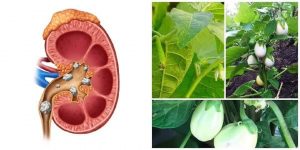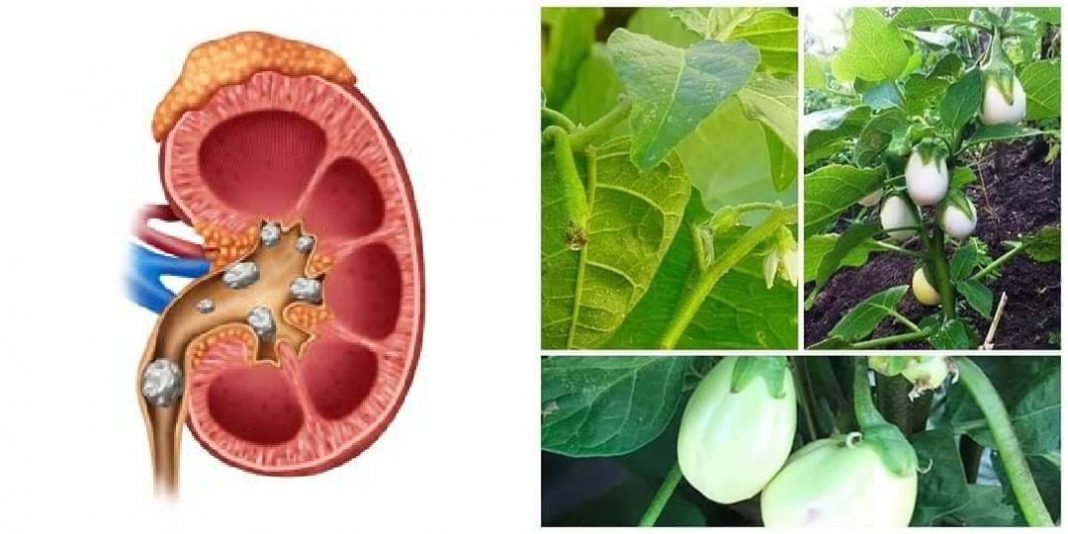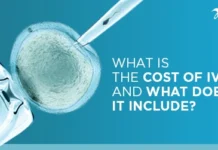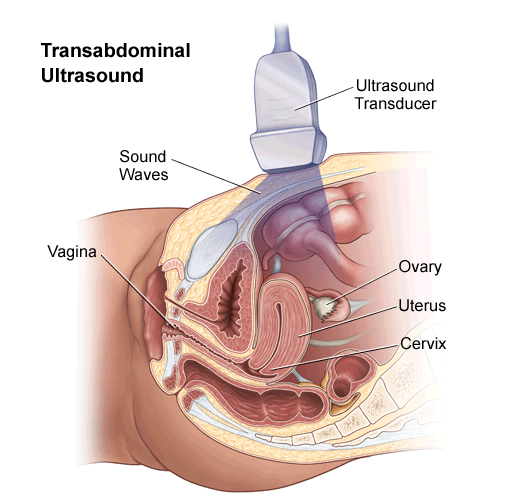Can garden egg leaf cure kidney stone?
See let no one deceive you…garden egg leaf cannot and does not cure kidney stone disease. Forget the fake info about garden egg and garden egg leaf helping to get ride and remove kidney or renal stones, it is not true. Garden egg is a healthy and safe fruit for the kidney and body quite alright, but ascribing a kidney disease curing ability to it is not true. It is not also true that garden eggs will remove kidney toxins …..

Kidney stones is a serious kidney stones that require a scientifically backed or proven treatment methods…. Symptomatic kidney stones will require lithotripsy and even open surgery to remove the stones…
Types of Kidney Stone Procedures and Surgeries:
According to WEBMD: These four treatments can be used on your kidney stones:
👉Shock wave lithotripsy
👉Ureteroscopy
👉Percutaneous nephrolithotomy or percutaneous nephrolithotripsy
👉Open surgery
According to kidney.org, Extracorporeal shock wave lithotripsy (ESWL) is a technique for treating stones in the kidney and ureter that does not require surgery. Instead, high energy shock waves are passed through the body and used to break stones into pieces as small as grains of sand. Because of their small size, these pieces can pass from the body along with the urine.
Open surgery is rarely done for kidney stones anymore. But if your stone is very large or it can’t be removed or crushed with other treatments, surgery might be an option. Open surgery for removal of kidney stones is still very common in developing countries of the world.
That said , it is important for me to repeat that garden eggs leaf will fail you in your quest to remove kidney stones or cure kidney diseases….
👇👇👇👇👇👇👇👇👇👇
What are kidney stones?
Kidney stones are hard collections of salt and minerals often made up of calcium or uric acid. They form inside
the kidney and can travel to other parts of the urinary tract.
Stones vary in size. Some are as small as the period at the end of this sentence — a fraction of an inch. Others can grow to a few inches across. Some kidney stones can become so large they take up the entire kidney.
A kidney stone forms when too much of certain minerals in your body accumulate in your urine. When you aren’t well hydrated, your urine becomes more concentrated with higher levels of certain minerals. When mineral levels are higher, it’s more likely that a kidney stone will form.
1. Intense Pain
Kidney stone pain — also known as renal colic — is one of the most severe types of pain. Some people who’ve experienced kidney stones compare the pain to childbirth or getting stabbed with a knife.
Usually the pain starts when a stone moves into the narrow ureter. This causes a blockage, which makes pressure build up in the kidney.
The pressure activates nerve fibers that transmit pain signals to the brain.
2. Pain or burning during urination
Once the stone reaches the junction between the ureter and bladder, you’ll start to feel pain when you urinate often called Dysuria.
3. Urgency
Needing to go to the bathroom more urgently or frequently than usual is another sign that the stone has moved into the lower part of your urinary tract. You may find yourself running to the bathroom, or needing to go constantly throughout the day and night.
4. Blood in the urine
Blood in the urine is a common symptom in people with urinary tract stones. This symptom is also called Hematuria.
The blood can be red, pink, or brown.
5. Cloudy or smelly urine
Healthy urine is clear and doesn’t have a strong odor. Cloudy or foul smelling urine could be a sign of an infection in your kidneys or another part of your urinary tract.
Cloudiness is a sign of pus in the urine, or pyuria. The smell can come from the bacteria that cause urinary tract infections. An odor may also come from urine that’s more concentrated than normal…
The long and short story of this is that , garden eggs and garden egg leaves cannot remove kidney stones. Thank you.
This article is he intellectual property of www.nimedhealth.com.ng
























